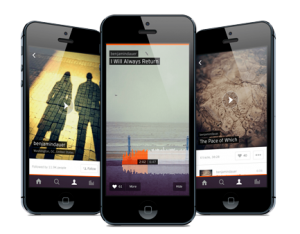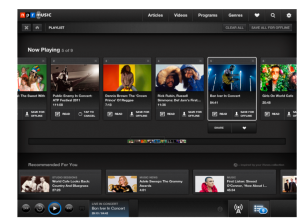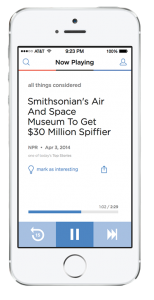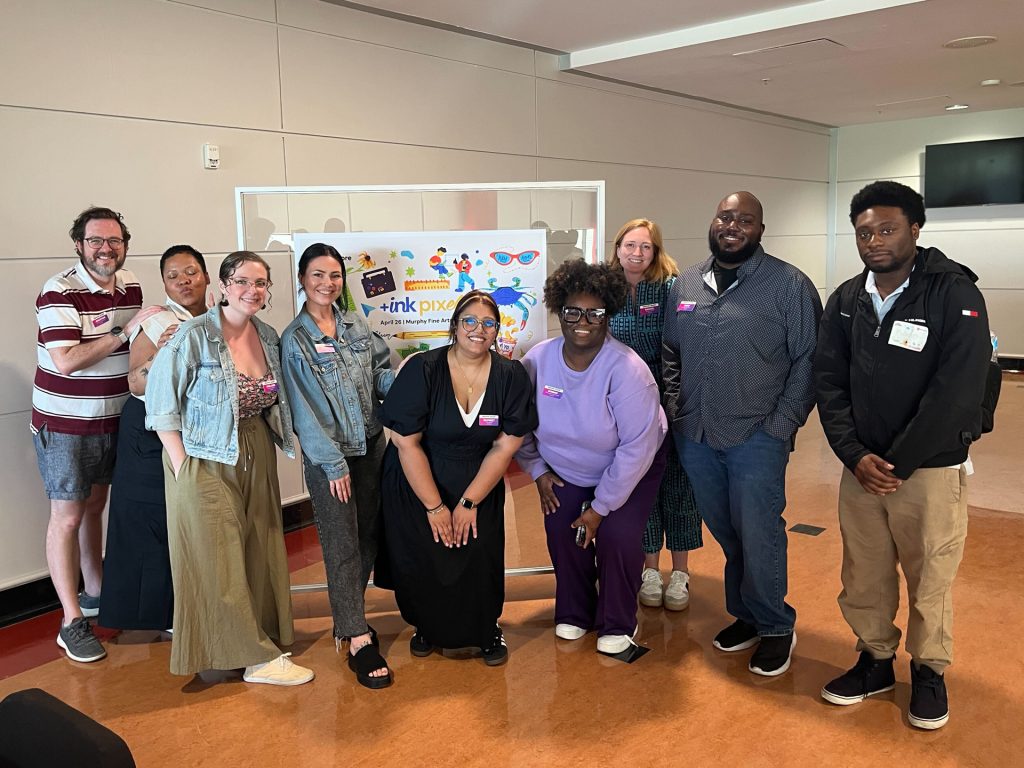“I love being in-house because I am tightly integrated with the teams I work with and have a deep understanding of a product’s full lifecycle.”
Benjamin Dauer is a Senior Product Designer at National Public Radio in Washington, D.C. and was recently the Lead Product Designer at SoundCloud in Berlin, Germany. AIGA Baltimore took a field trip to interview Benjamin about designing in-house for NPR.
How did you get started designing user experiences for audio platforms?
You could say it all began in 5th grade while learning music. As a musician I have always been drawn to the listening experience. Everything from how the sound was performed and recorded, to the equipment used in the process, to the components used to deliver the audio to the user – all of these tools and methods have been designed, ultimately, not to be seen.
While growing up I was a “backseat listener” of NPR. As a musician I have been using SoundCloud since their founding 7 years ago. I am very fortunate to be able to combine my love of sound and design while working with these organizations on their listening experiences.

What would be your advice for someone looking to improve their skills to be competitive in today’s job market?
Keep your finger on the pulse of the industry. When deciding which organization you want to work for, examine its maturity. By this I mean, startups typically seek generalists while more established companies have the flexibility to seek specialists. This will help you to focus on which skills are in demand. Then set to work teaching yourself what you need to know and surround yourself with people from whom you can constantly learn.
If I had to leave you with three things, I’d say: be humble – know when you’re right and know when you’re wrong; be honest – with yourself, with your team, and with your time; and don’t be afraid to fail – challenge yourself at all times and learn from every experience, both good and bad.
You recently received an Interactive Design award from Communication Arts for the NPR Music for iPad app. Can you tell me about that process?
From a high level, this was the first NPR app to be completely conceived, designed and developed in-house. As you can imagine, it generated a lot of excitement throughout the organization. While lots of feedback poured in during the process, from all areas of NPR, we remained sharply focused on the user.
Tactically, we operate using Agile/Scrum and Lean methodologies here. We have tight, two-week sprints involving research, design, development, user-testing, and QA. These processes encourage transparency and thus keep us honest and iterating. At the end of each cycle we demo our work to key stakeholders and solicit further feedback. Rinse and repeat until app submission.

Do you always design with iOS in mind?
No. For me, context is very important so there will always be some variation in how I approach a particular design problem. Different contexts require different solutions. This helps inform which platform (and/or OS) is most suitable to design for – desktop, tablet, phone, television, car, iOS, Android, etc.
In general my process involves some/all of these elements: framing the problem, asking the right questions, challenging assumptions, researching markets/competition/patterns, sketching, prototyping, designing, testing, iterating, iterating, and more iterating.
You’re currently working on the new NPR One listening experience. What’s your biggest challenge?
There are many. One of the biggest has to be the challenge of transforming a traditional broadcast framework into a digital, on-demand framework. In doing so, we are creating a new kind of listening experience for our audience: a seamless mix of local and national content that learns what you enjoy, allows you to make a habit of those, and relinquishes you from the clock. In this new framework, we can create the best show for you, no matter what type of listener you are – casual, regular, or power.

What do you see is the future of streaming music/audio?
In my ideal universe, I would love to see an environment where organizations can continue to embrace experimentation, especially around the concept of personalization. There are several different approaches to this on the market already, but they all require active input from the listener. Those mood surveys, interest questionnaires, and settings pages full of checkboxes all miss the mark for me. There are lots of signals we can glean from a listener’s more passive activity – how far have they listened through a piece of content, what types of content are they skipping most, at what point during their listening session do they stop, or what have they searched for? All of these put the onus on us to work harder and be more mindful, not the listener.
Check out Benjamin’s portfolio site www.benjamindauer.is and follow him @benjamindauer.
Learn more about NPR One at www.npr.org/about/products/npr-one/
